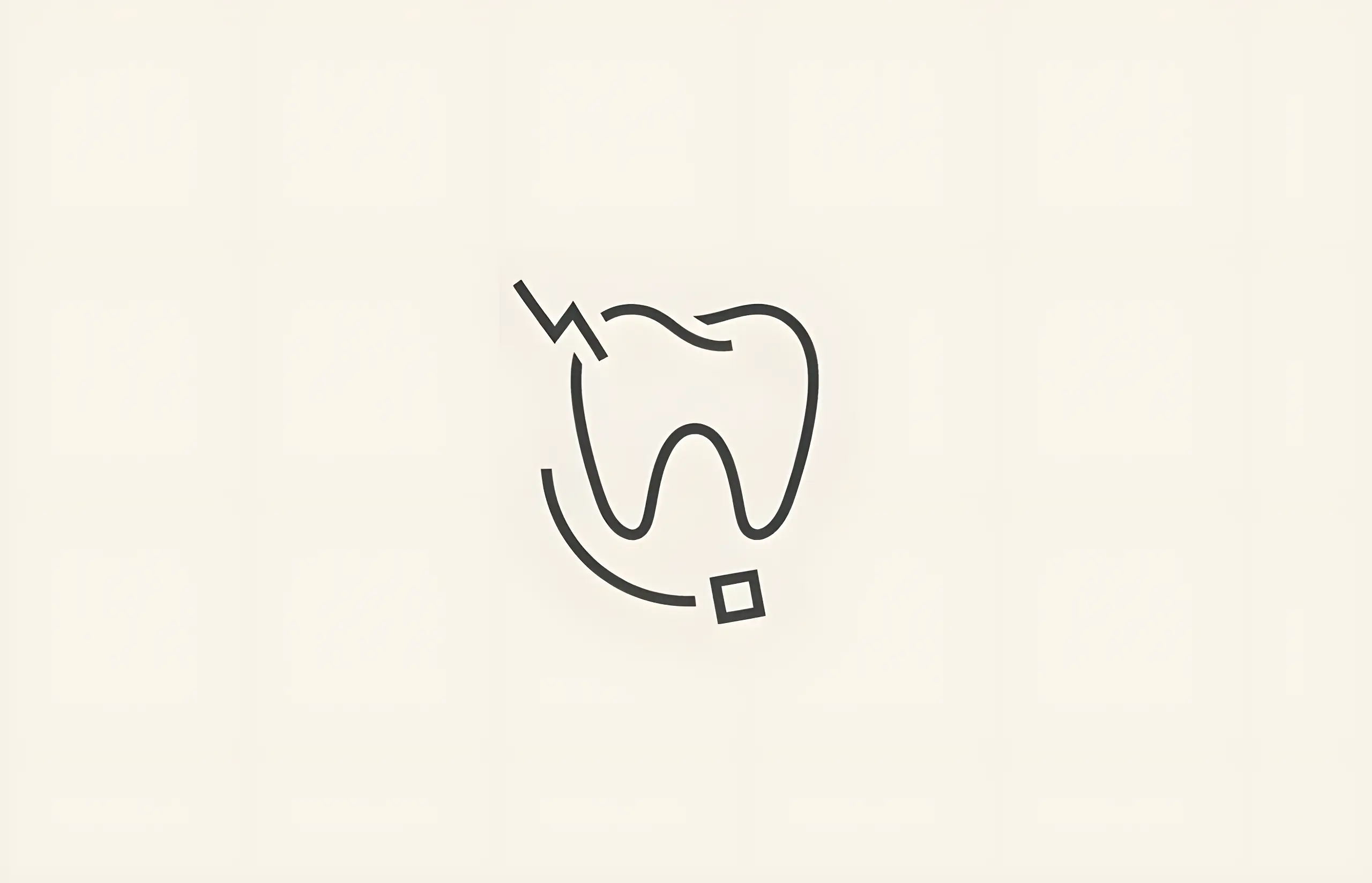We use retainers at the end of orthopedic treatment. After you realign your teeth, you want them to stay in their new positions.
Retainers come in a few different forms. All have pros and cons, but all of them can serve an essential function in the process of realigning your teeth. There are wire retainers, plastic, or invisible retainers that people wear.
It's crucial for you to take care of your retainer and to take care of your habit of wearing your retainer when it is necessary for you to wear it. Retainers may be uncomfortable, but damage to your oral hygiene can be a part of what happens if you don't wear your retainer.
What Are Retainers Used For?
Bjorn Zachrisson designed the current gold standard for the retainer. Today, we use the multi-stranded wire retainer. Strands are formed when round or rectangular wire are twisted together. These retainers allow normal physiological mouth movement. You can wear this kind of retainer and still have independent teeth movement.
You wear a retainer to keep your teeth in their position in your mouth. Retainers are what fix your teeth in their new place during the retention phase. After your braces have come off, and your teeth realign–your retainer holds your teeth in their new position.
Retainers can be fixed or removable. Whether you use fixed or removable retainers might depend on how far after your orthodontic process you are. Your dentist might instruct you to wear your retainer less often the longer you've been wearing it.
You need to listen to your dentist about how long you should wear your retainer every day.
Why Are Retainers Important?
In orthodontics, there is a phase of treatment called retention. The retention phase aims to preserve your teeth and fix them in their new positions after orthodontic work. There is no set amount of time when the retention period ends. On average, it lasts a minimum of 232 days. It could be as long as 12 months.
Some studies show that 70% of orthodontic treatments, teeth went back to previous positions. Many factors likely contribute to teeth going back to their original place before treatment. Among them are that bone and soft tissue have not yet had time to hold the teeth in place.
This holding of tooth position is why retainers are essential. Your retainer will allow the gums, bone, and soft tissue in your mouth to strengthen around your tooth in its new position.
What Happens If You Don't Wear Your Retainer?
Your retainer is a necessary part of your orthopedic treatment. Wearing your retainer will complete the critical retention process of fixing your teeth. You need to listen to the instructions of your doctor to complete the treatment.
If you do not wear your retainer, your teeth can exceptionally be at risk if there has been major orthodontic work done. Crowding or misaligned teeth may revert to their positions before treatment.
You can experience teeth movement, meaning that your teeth can shift inside of your mouth because you did not fix them in their place. This movement is what happens if you don't wear your retainer.
Your teeth may go back to their original positions if you don't wear your retainer. Teeth reverting back to their old posts undo the treatment your braces had for your mouth. You'll have lost time and money by not taking care of your mouth and wearing it when you need to.
It's also essential to care for the cleanliness of your retainer. There are processes to keep your retainer sanitary while you use it. This care goes for both when you wear your retainer and when your retainer is in its case if it is removable. If you're not careful, your retainer can breed plaque and other bacteria that can cause more oral problems.
The wearing of your retainer completes orthodontic treatment. They are necessary orthopedic appliances to keep your teeth in line. Follow the instructions of your doctor. Be careful of what happens if you don't wear your retainer.
After spending what might have been months on your teeth, you want all of that time to pay off with a great smile.
Sources and References
-
[1]
A survey of protocols and trends in orthodontic retentionProgress in Orthodonticshttps://pmc.ncbi.nlm.nih.gov/articles/PMC5632597/
-
[2]
Relapse and inadvertent tooth movement post orthodontic treatment in individuals with fixed retainers: A reviewInternational Orthodonticshttps://pmc.ncbi.nlm.nih.gov/articles/PMC10880701/
-
[3]
Multistranded wire bonded retainers: from start to successAmerican Journal of Orthodontics and Dentofacial Orthopedicshttps://pubmed.ncbi.nlm.nih.gov/26522030/
-
[4]
Retention procedures for stabilising tooth position after treatment with orthodontic bracesCochrane Database of Systematic Reviewshttps://pmc.ncbi.nlm.nih.gov/articles/PMC7138206/
All sources accessed and verified on . Medical information reviewed for accuracy and compliance with current guidelines.
Related Articles
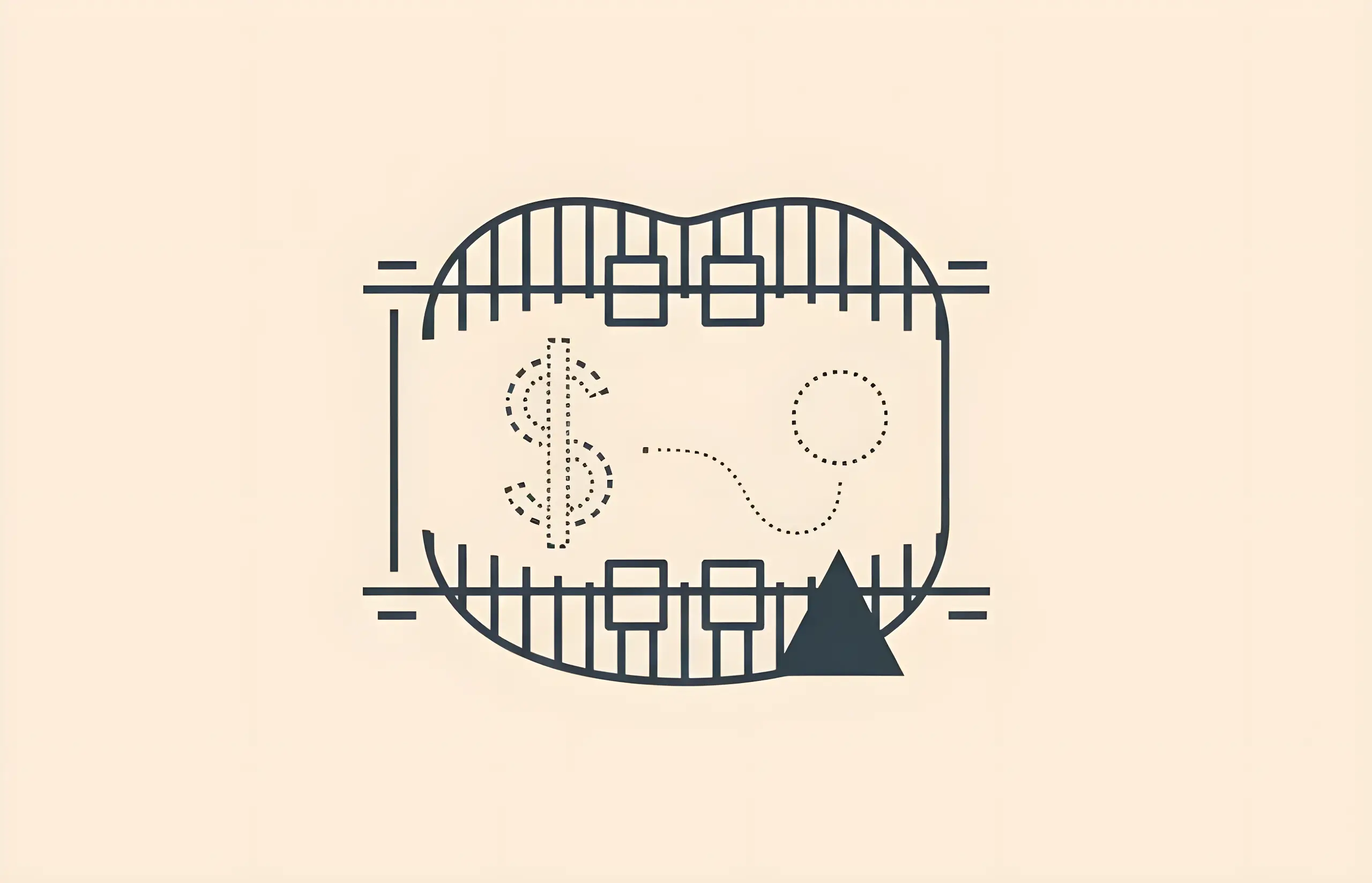
How Much Do Adult Braces Cost?
Comprehensive Cost Analysis (£1,500-£10,000 Range, 59% Out-of-Pocket, 6.31 Months Shorter with Aligners)
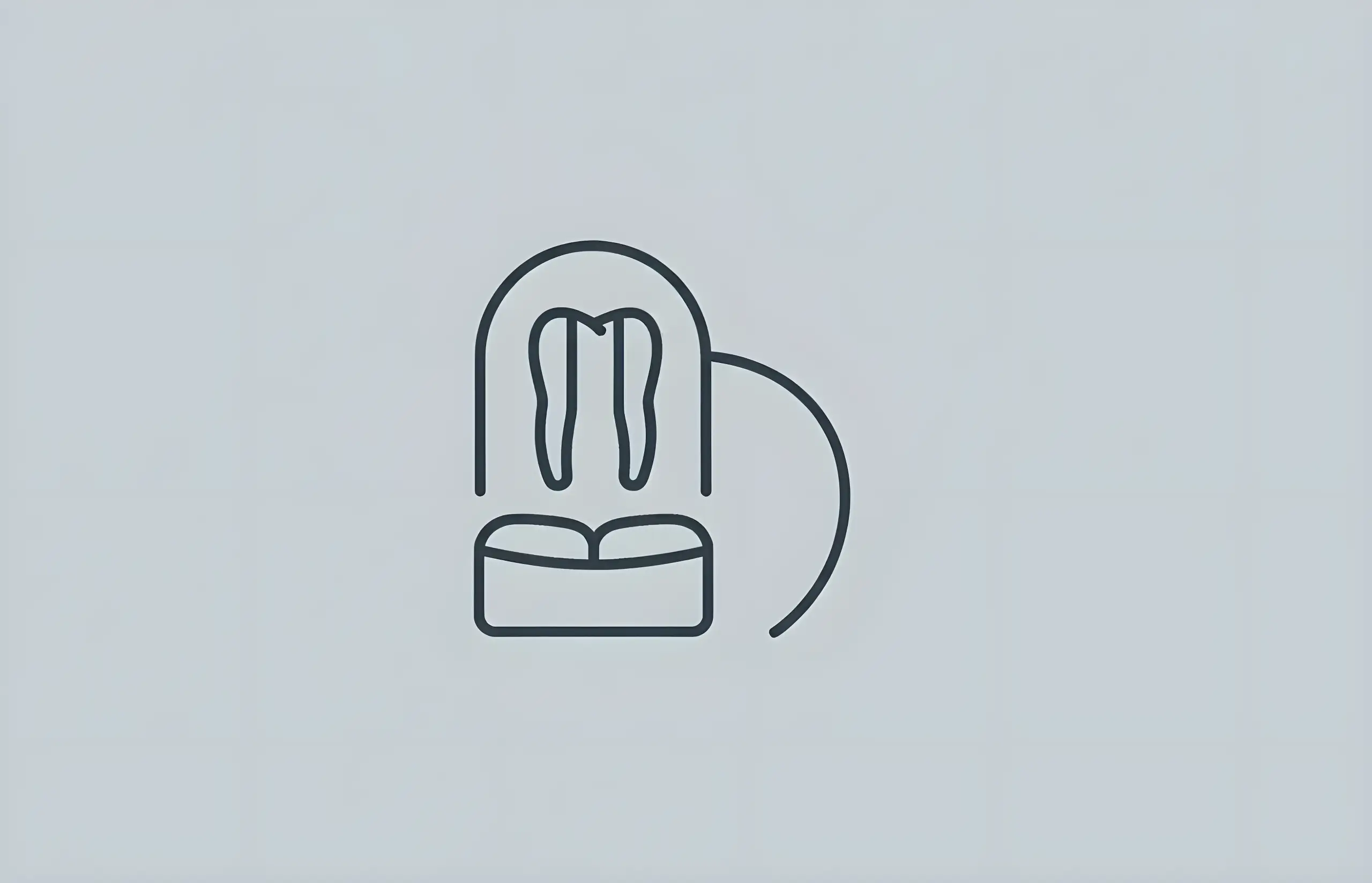
Can Retainers Straighten Teeth?
Comprehensive guide to orthodontic retainers, their purpose in preventing relapse, types of retainers, and why they cannot be used to straighten teeth independently
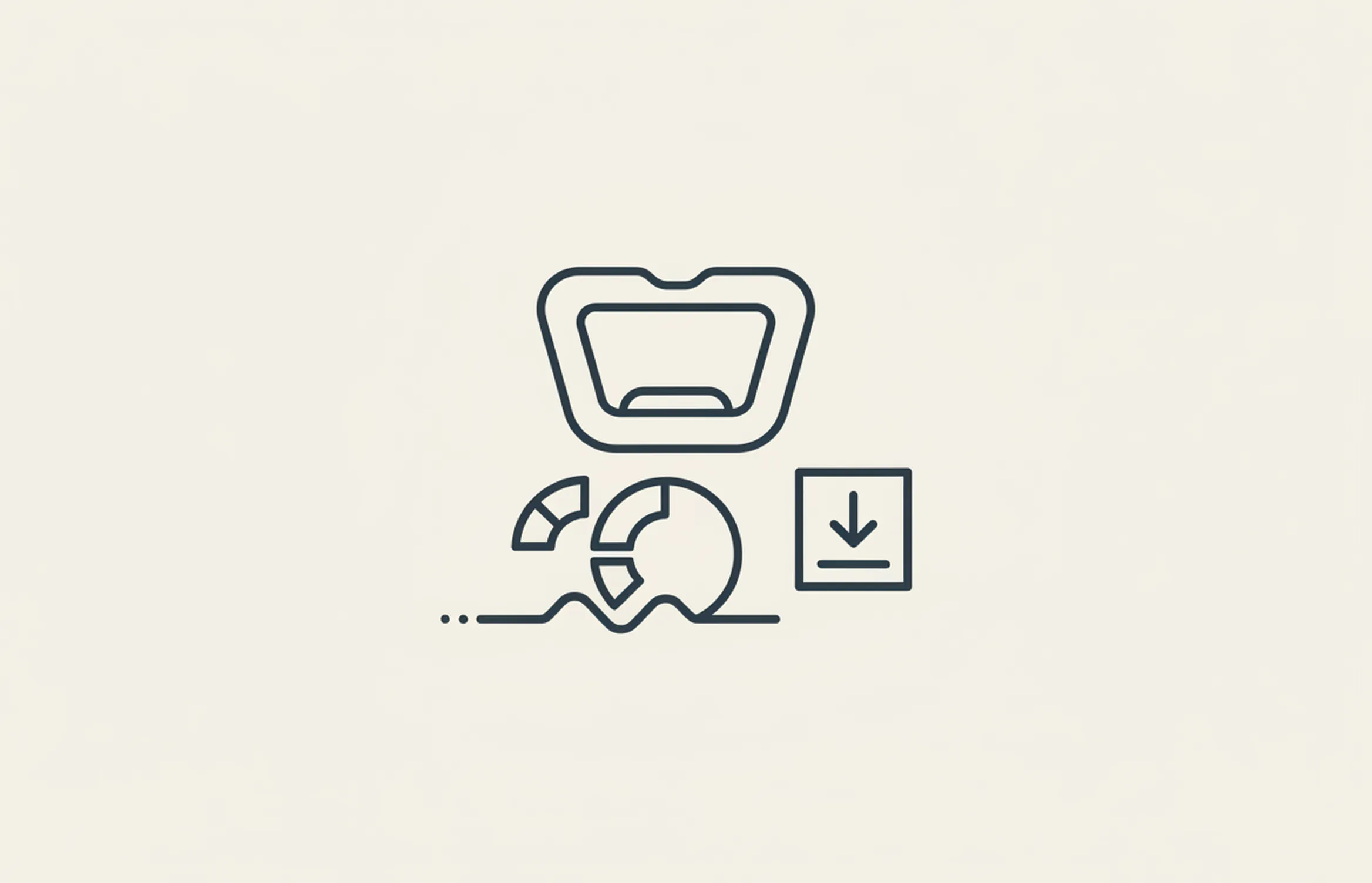
Dental Retainers – Costs & Information
Comprehensive guide to orthodontic retainers including types (Hawley, clear, fixed), costs, effectiveness, survival rates, proper wear protocols, and maintaining teeth alignment after braces
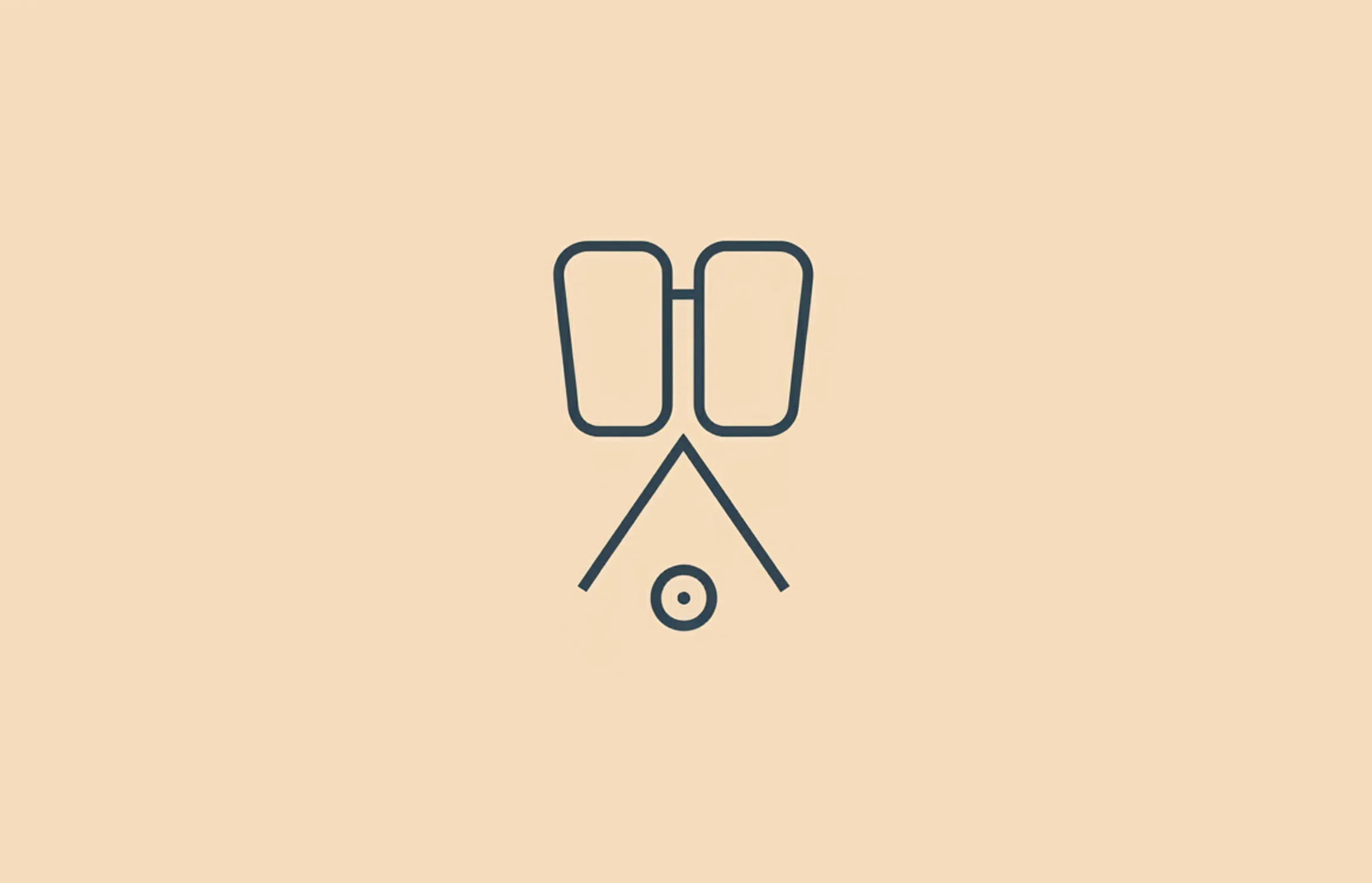
How Much is a Replacement Retainer?
Complete guide to replacement retainer costs including types (Hawley £70-£300, clear plastic £50-£140, bonded £100-£400), what to do if you lose a retainer, importance of immediate replacement, and prevention tips
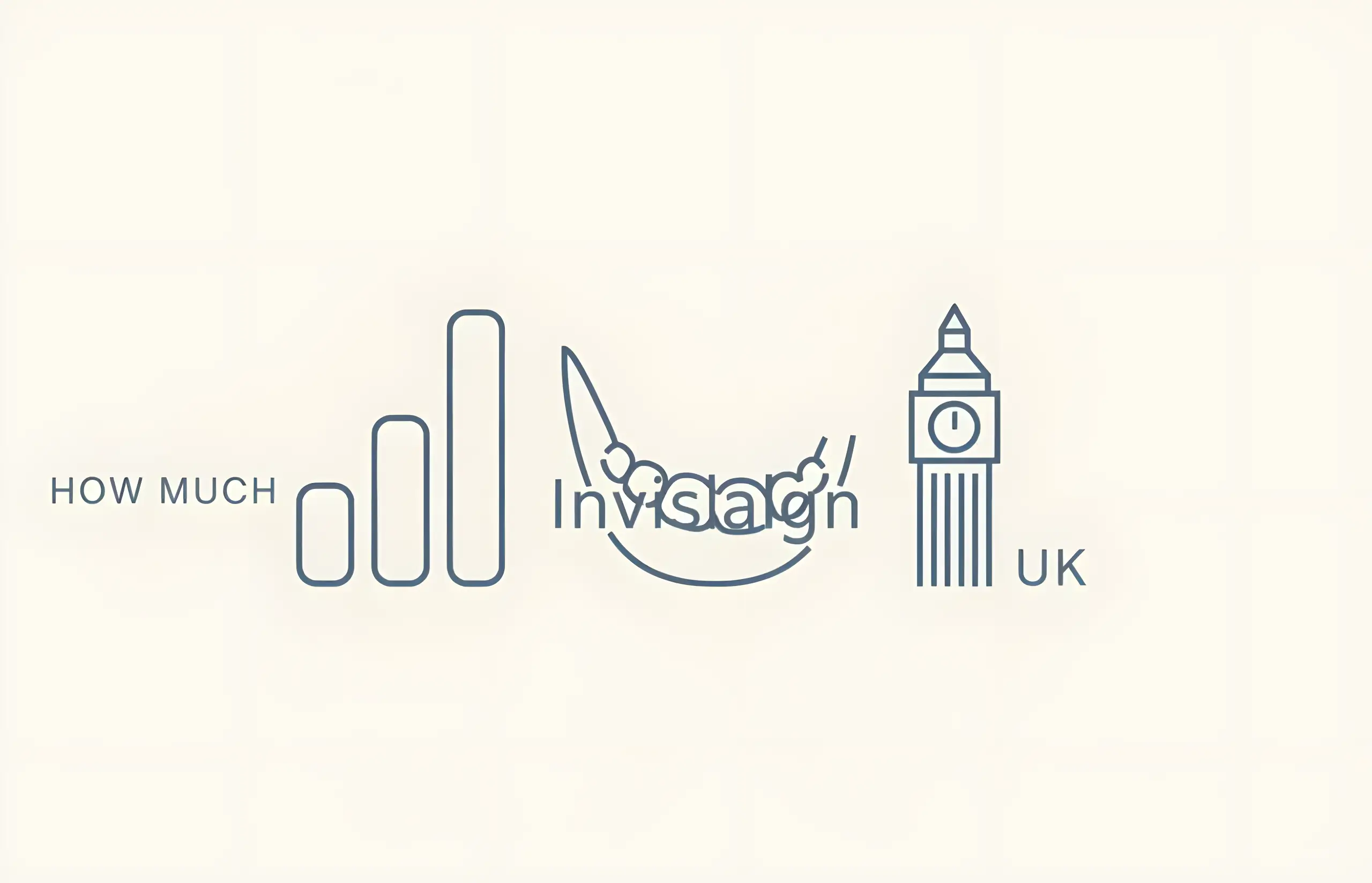
How Much Does Invisalign Cost in the UK?
Comprehensive guide to Invisalign invisible braces including costs, treatment process, eligibility, and what conditions can be treated
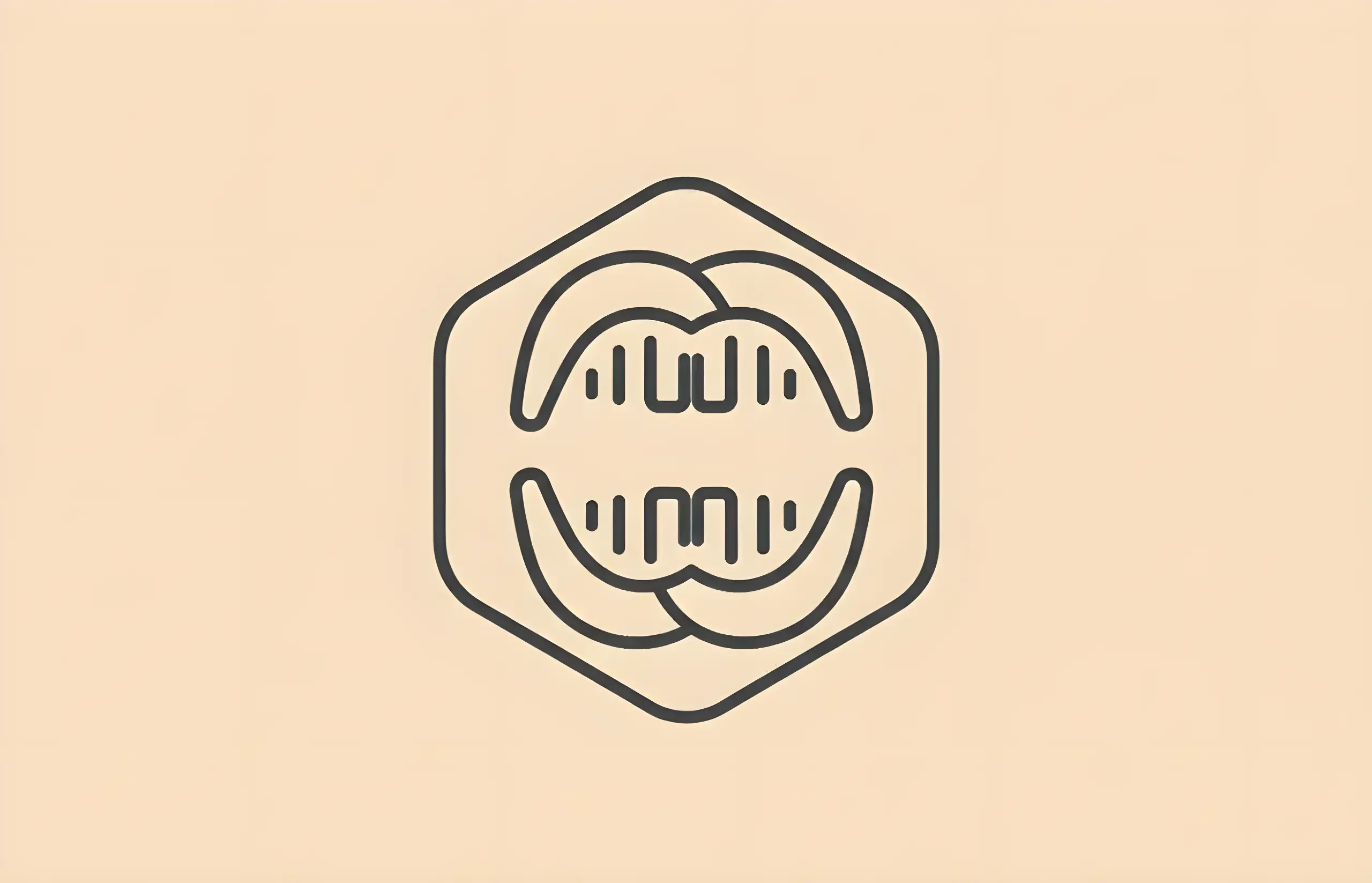
Retainers for Teeth: A Simple Guide
Complete guide to dental retainers including clear retainers, fixed retainers, and Hawley retainers, with costs, benefits, and aftercare information
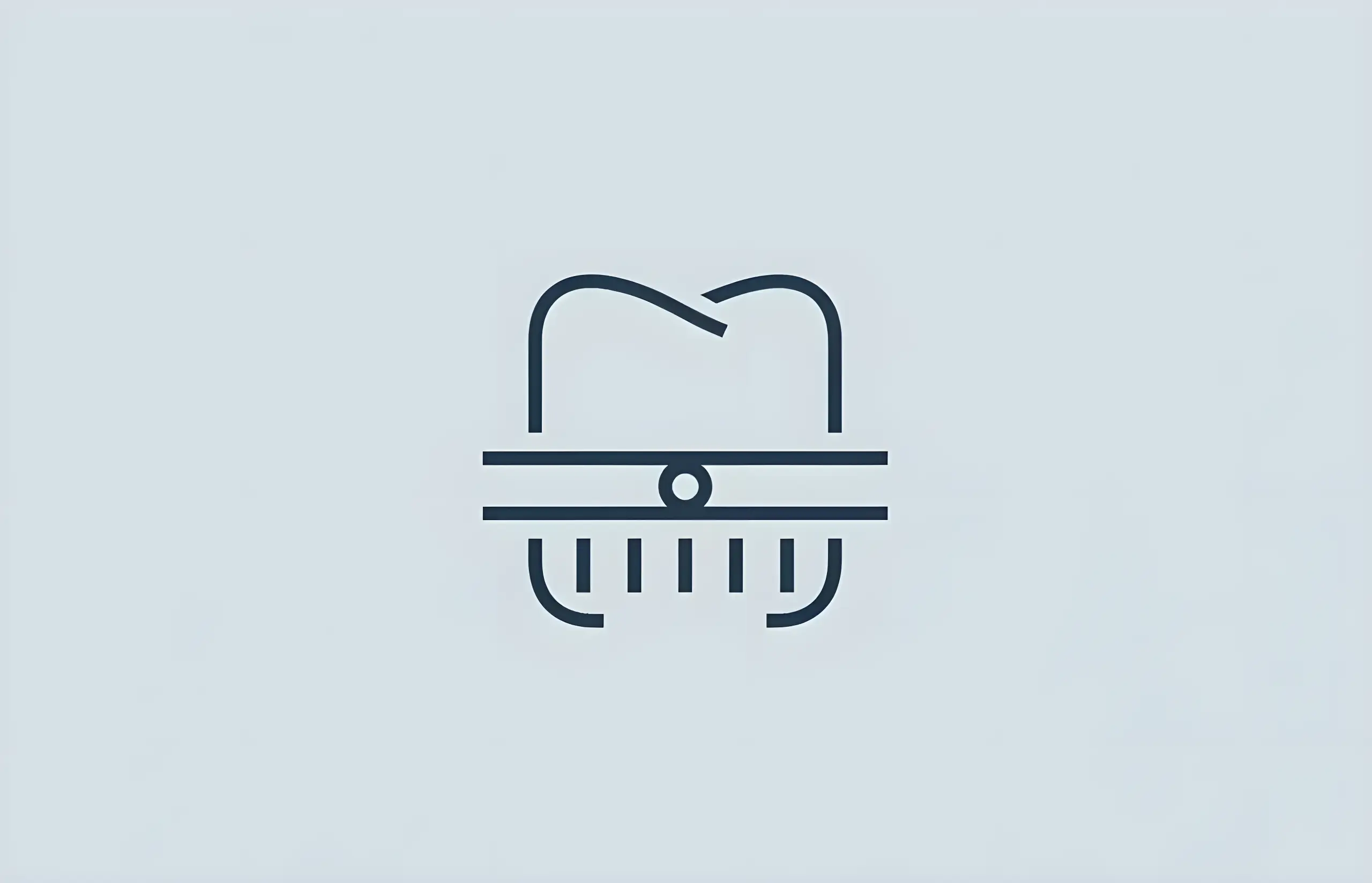
Wearing Retainers After Braces
Essential guide to orthodontic retention including retainer types, duration, and preventing relapse after braces treatment
About The Dental Guide
The Dental Guide is a trusted online resource providing evidence-based information about dental health, treatments, and procedures. Our content is created and reviewed by qualified dental professionals to help you make informed decisions about your oral health.
Our Mission
- Evidence-based dental information
- Expert-reviewed content
- Clear, accessible explanations
- Latest treatment options
- Patient-focused guidance
Editorial Standards
- GDC-registered dental professionals
- Peer-reviewed sources
- Regular content updates
- Medical accuracy verification
- Transparent authorship
Important Notice
The information on The Dental Guide is for educational purposes only and should not replace professional dental advice. Always consult with a qualified dentist for diagnosis and treatment recommendations tailored to your individual needs and circumstances.
Medically Reviewed
Reviewed by Dr. Nasim Mechoui , BDS (Bristol)
Share this article
Comments & Discussion
Have questions about dental implants? Share your thoughts or experiences.
